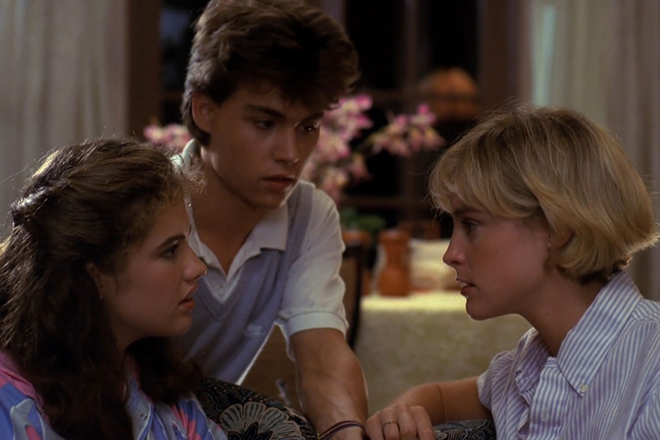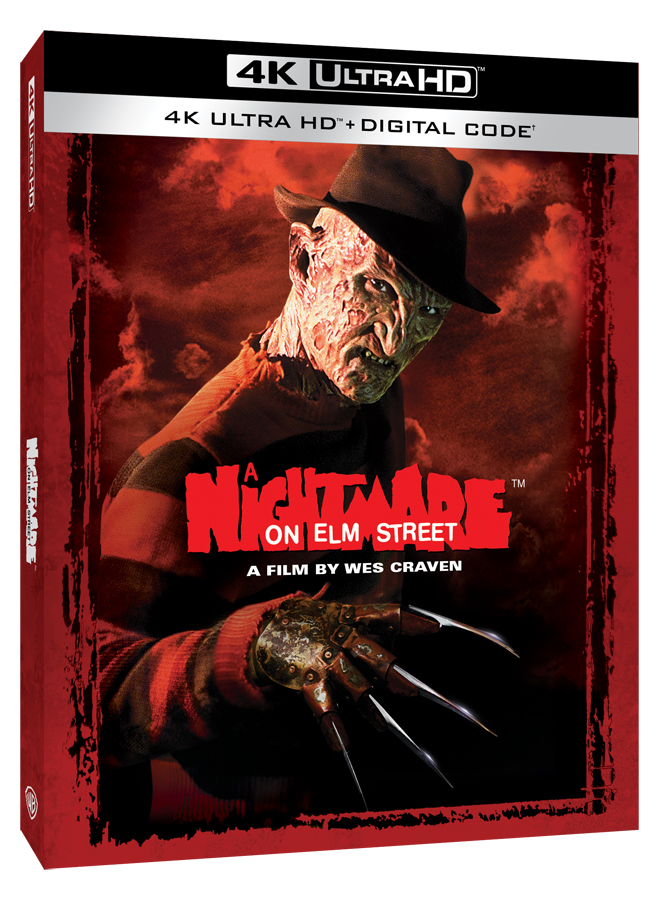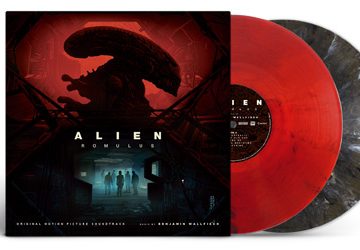In the 1930s Universal Studios set Horror cinema standards with The Wolf Man, Frankenstein’s Monster, Dracula, The Mummy, The Invisible Man, and Creature from the Black Lagoon. Legendary and generation-spanning, a half-century later the 1980s created a new batch of characters with Michael Myers, originated in 1978’s Halloween, Jason Voorhees, spawned from 1980’s Friday the 13th, and perhaps the most epic of them all in Freddy Krueger, from 1984’s A Nightmare on Elm Street.
A film written and directed by the late, great Wes Craven, A Nightmare on Elm Street was his first exploration into more fantasy-based Horror, as opposed to reality-based themes seen in his 1972 feature The Last House on the Left, or 1977’s The Hills Have Eyes. With A Nightmare on Elm Street Craven tore inspiration directly from the stranger than fiction headlines about tormented individuals who allegedly died in their sleep from nightmares. With this, the creative concept for a screenplay was born, and the origins of Freddy Krueger were born. In Craven’s story, Krueger is a less-than-stellar individual who killed children and was brought to justice by being burned alive, only to be re-manifested in the form of a nightmare-stalking entity seeking revenge.
A wild, but inventive concept, the original A Nightmare on Elm Street made its nationwide theatrical release on November 16, 1984, and quickly became a massive hit among theatergoers. In fact, in terms of revenue, it only ranked just below Ghostbusters, Gremlins, The Terminator, and Friday the 13th: The Final Chapter for Horror-related films in 1984. You are probably thinking, this was no major feat, however, you have to remember that A Nightmare on Elm Street was produced on a much smaller budget and released through a then much smaller distribution company in New Line Cinema. With this in mind, while technically A Nightmare on Elm Street was not an independent film, it could be considered such based on the competition it faced at the point of release.

Nonetheless, the film evoked terror like few others in the 1980s; presenting a sense of helplessness as a shadowy feature with knives for fingers stalking your dreams out to get you. With this, the main focal point in the film was without question that was Heather Langenkamp as Nancy Thompson. Nancy, the lone individual who presents a challenge to Freddy Kreuger on his dreamscape killing spree, is a strong female lead played perfectly by a then-unknown young Langenkamp. Joining her you had Johnny Depp (making his feature debut, before becoming one of Hollywood’s biggest stars), Amanda Wyss (known for various film and television roles, such as 1985’s Better Off Dead), Nick Corri (easily recognized from 1986’s Wildcats), plus highly accomplished Actor John Saxon. Then of course there was Robert Englund, a highly talented and seasoned actor, assuming the role of Freddy Kreuger.
Together, they made up a cast that helped hold A Nightmare on Elm Street together quite nicely. Going on to spawn a mega franchise bigger than any others in the ‘80s, there were six sequels; not including 2003’s Freddy vs. Jason or the 2010 remake. However, to this day, A Nightmare on Elm Street is still considered the best of all in the series and ultimately is regarded as one the greatest Horror films of all-time. Now set to celebrate its 40th anniversary, it becomes available in 4K Ultra HD for the first time ever.
First available to purchase digitally in 4K Ultra HD on October 1, 2024, most eyes are set on October 15th when it becomes available in the physical format of a 4K UHD Blu-ray. A single-disc release, this new edition is made possible through Warner Bros. Discovery Home Entertainment and includes a few interesting details. For starters, you get the original theatrical edition of the film, but also the seldom-seen unrated version both in 4K. Explaining this further, the unrated cut features eight seconds of additional footage. While this might be something that is not evident to the standard viewer, an acute eye will take notice of the extra seconds merely out of being completists.

A bold and exciting selling point to long-time fans, the new 4K Ultra HD release of A Nightmare on Elm Street also includes previously released special features from elder DVD and Blu-ray formats. So, while there is nothing new in this regard, at least you have regifted familiar bonus materials in one neat package with the 4K transfers of the film. This leads to the next question – is the difference noticeable? In truth, it is, because the colors are more vivid, the imagery brighter, and clarity in general superior.
Offered either in a standard 4K case or as a Steelbook, the big difference between them is the artwork. Oddly the featured art for the standard 4K release is similar to imagery utilized for the 1999 VHS for the standard edition, and not the beloved classic painted theatrical poster of Nancy wide-eyed awakening from a nightmare with visions of Krueger’s knived-fingers above her head. A factor that can turn off some fans, nonetheless, this print is a fitting release for those looking for a simple, cut-and-dry way to own A Nightmare on Elm Street in 4K Ultra HD. For others, perhaps consideration should be made to wait for a more expansive release domestically. All matters considered, Cryptic Rock gives this new 4K Ultra HD release of A Nightmare on Elm Street 4 out of 5 stars.






No comment